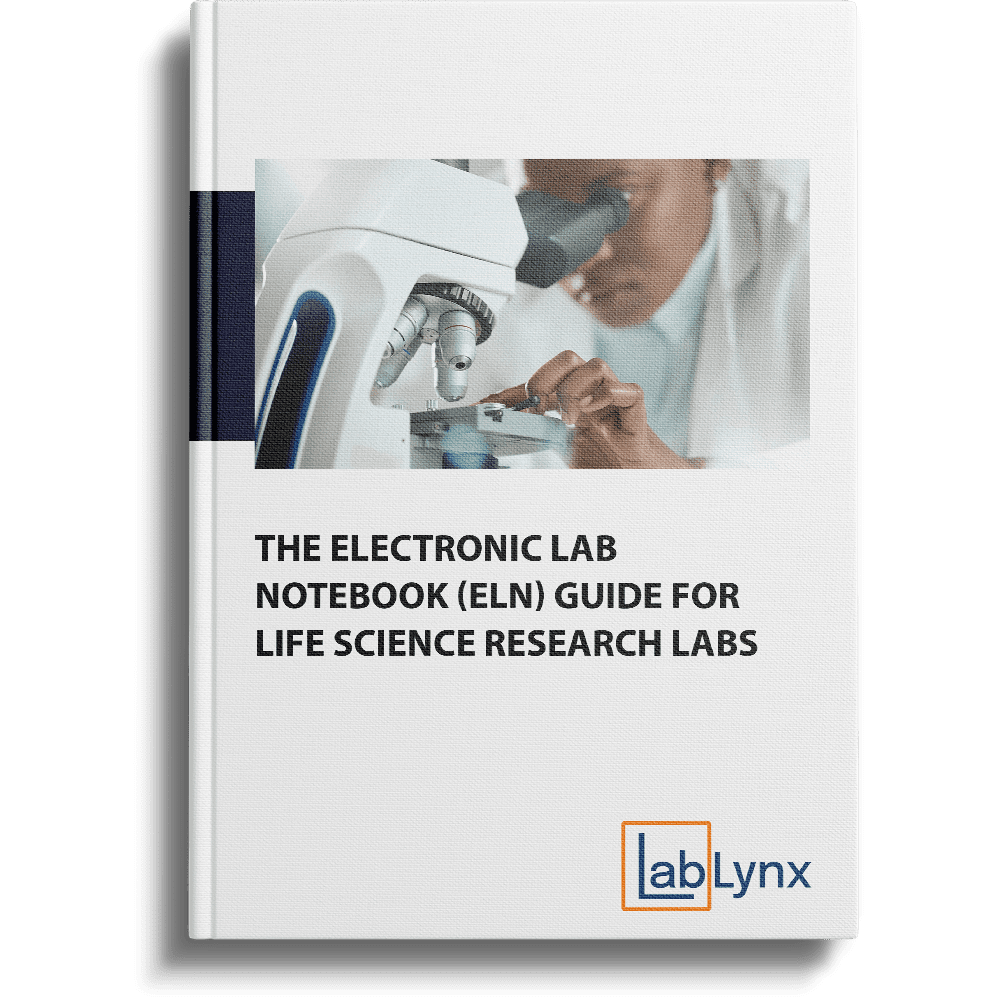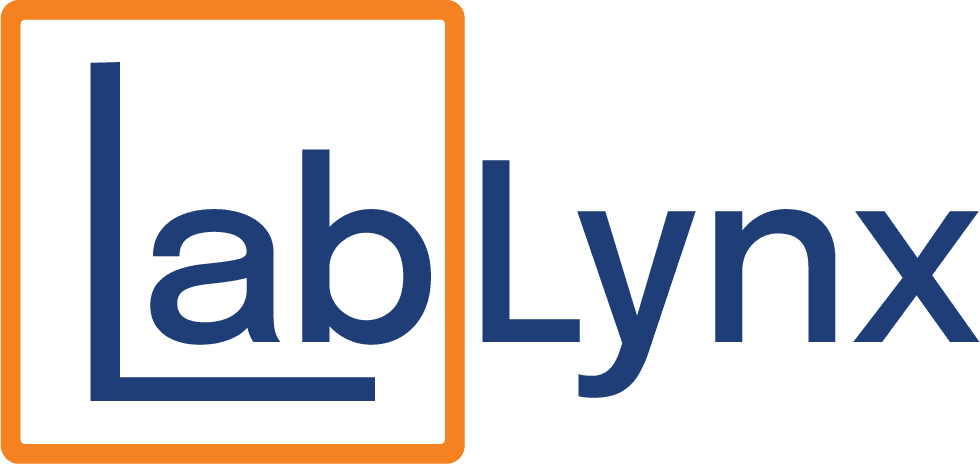Download Book For Free!
Resource Download
"*" indicates required fields

Life science research is advancing faster than ever, driven by discoveries in genomics, molecular biology, pharmaceuticals, and biotechnology. But as breakthroughs accelerate, so does the complexity of managing data, maintaining compliance, and coordinating multi-disciplinary teams. In this fast-paced environment, paper notebooks and disjointed digital files simply can’t keep up with the demands of modern science.
Electronic Laboratory Notebooks (ELNs) offer a smarter, more secure way to manage experimental records, protocols, and collaboration across research teams. They support the rigor, repeatability, and regulation life science labs require—while making daily workflows faster, cleaner, and more collaborative.
The ELN Guide for Life Science Research Labs is a deep, practical resource designed to help researchers, lab managers, and compliance officers understand the unique value of ELNs in life science environments. From drug discovery to diagnostics development, this guide helps teams move away from fragmented documentation and toward smarter, scalable lab operations.
Why ELNs Are Essential in Life Science R&D
Life science labs deal with complex datasets, sensitive intellectual property, and extensive regulatory oversight. The stakes are high—from ensuring FDA compliance to securing reproducible results for clinical trials. Manual recordkeeping puts accuracy, traceability, and even safety at risk.
ELNs address these challenges by digitizing lab documentation, streamlining data entry, and creating a centralized, compliant platform for research activity. With version control, role-based permissions, and audit-ready logs, ELNs help life science teams move faster—without sacrificing rigor or security.
What This Guide Covers
This comprehensive guide walks through the features, benefits, and strategies for successful ELN adoption in life science research settings. Here’s a snapshot of the core topics:
1. The Role of ELNs in Life Science Research Workflows
This section explores the documentation pain points common in life science labs—fragmented records, data silos, and manual protocol tracking. It outlines how ELNs help consolidate data, automate repetitive tasks, and improve team coordination across departments and disciplines.
You’ll learn how ELNs streamline research across molecular biology, pharmaceutical development, tissue culture, and other highly regulated domains.
2. Key ELN Features That Support Life Science Research
Not every ELN is suited for the complexities of life sciences. This section highlights the must-have capabilities for teams working in drug discovery, diagnostics, and biological research:
- Protocol templates and experiment tracking
- Integration with LIMS, ELISA readers, sequencers, and other instruments
- Version control and digital signatures for compliance
- Sample management and metadata tagging
- Searchable archives and access controls
Each feature is explained in the context of real use cases, showing how they reduce errors, boost efficiency, and strengthen research integrity.
3. Common Challenges in Life Science Labs—and How ELNs Solve Them
Life science research often involves complex collaborations, grant requirements, and documentation for regulatory bodies. This section explores how ELNs help overcome common obstacles such as:
- Loss of reproducibility across lab teams or time
- Delayed approvals and inconsistent sign-offs
- Gaps in audit trails for FDA, NIH, or other oversight agencies
- Data fragmentation between teams, locations, or systems
ELNs bring structure and visibility to every aspect of the research lifecycle—helping teams maintain momentum while staying audit-ready.
4. How to Successfully Implement an ELN in Your Lab
This section provides a detailed roadmap for bringing an ELN into your lab without disrupting operations. From identifying key requirements to training your team and piloting the rollout, you’ll gain step-by-step strategies to ensure a smooth transition.
The guide also offers insights into gaining team buy-in, aligning with IT and compliance stakeholders, and tracking success over time.
5. Future-Proofing Life Science Research with ELNs
As life sciences continue to evolve—through AI-driven discovery, multi-omics integration, and global partnerships—labs need documentation systems that can evolve with them. ELNs offer a scalable foundation that supports not just today’s research, but tomorrow’s breakthroughs.
This final section looks at how ELNs are supporting digital transformation, cross-institutional research, and data standardization across the life sciences sector.
Who Should Explore This Guide?
This guide is built for life science professionals working in:
- Biotech and pharmaceutical research labs
- Genomics, proteomics, and molecular biology teams
- Clinical trial and preclinical research environments
- Regulated labs preparing for FDA, EMA, or NIH audits
- Academic labs partnering with industry or government agencies
Why This Guide Matters
In life sciences, a missed data point or incomplete protocol can derail months of research—or worse, jeopardize compliance. ELNs offer the digital infrastructure to prevent that by ensuring every action is tracked, secure, and easy to validate.
This guide provides a complete, actionable overview of how ELNs can elevate the way your lab conducts, shares, and secures research. Whether you’re part of a growing biotech company, an academic center, or a pharmaceutical R&D team, this resource will help you unlock the full potential of your research—securely and at scale.
